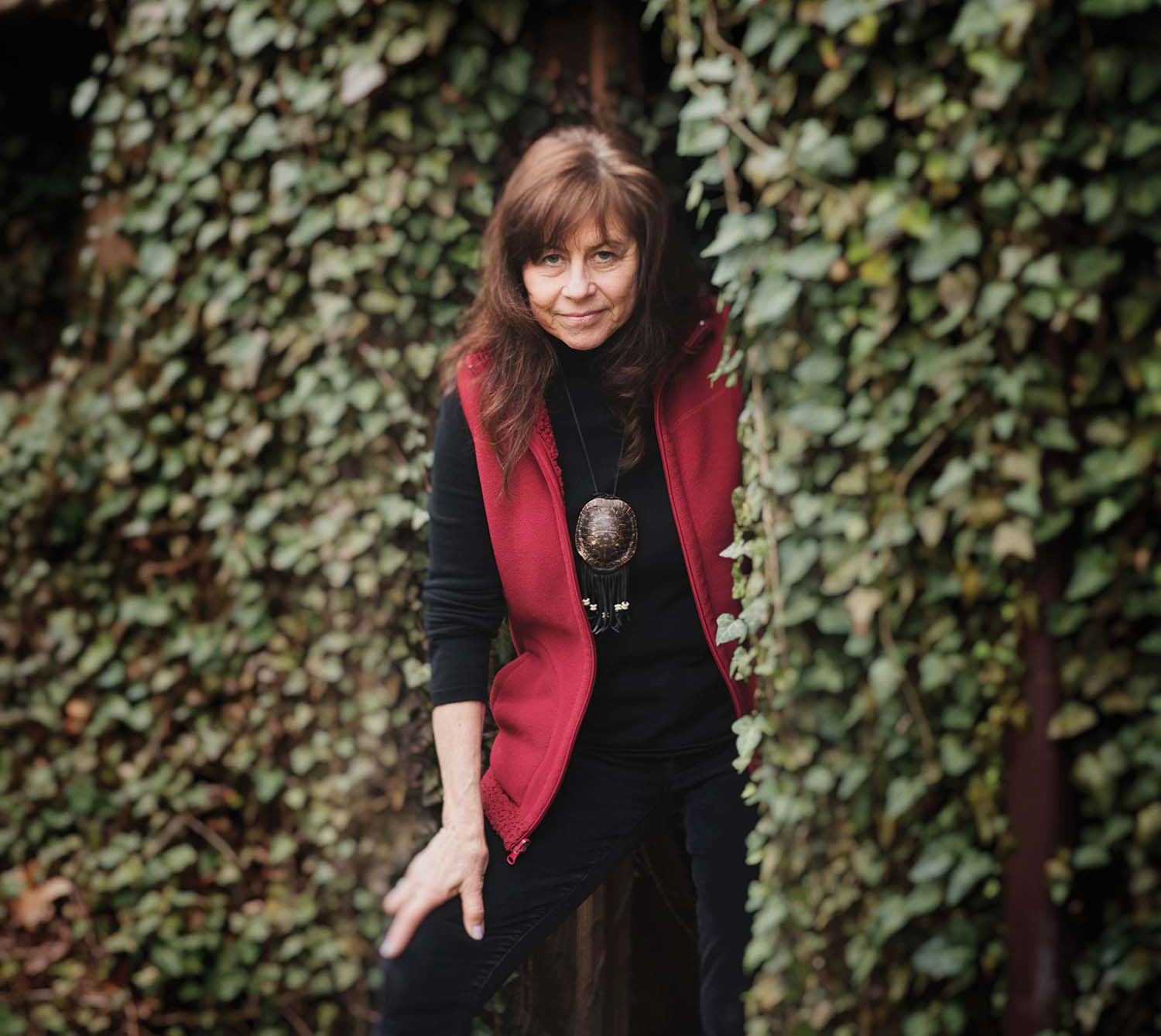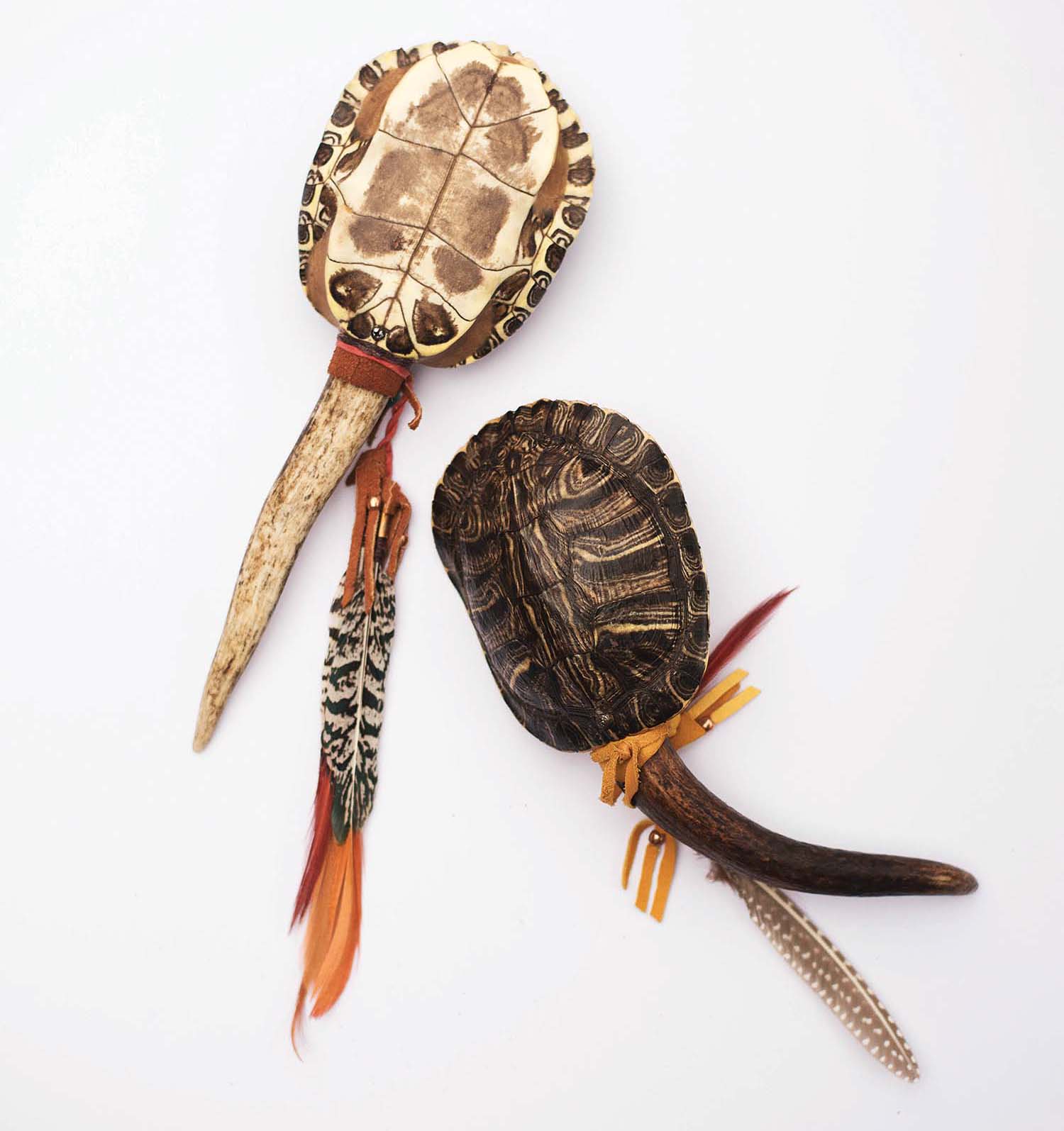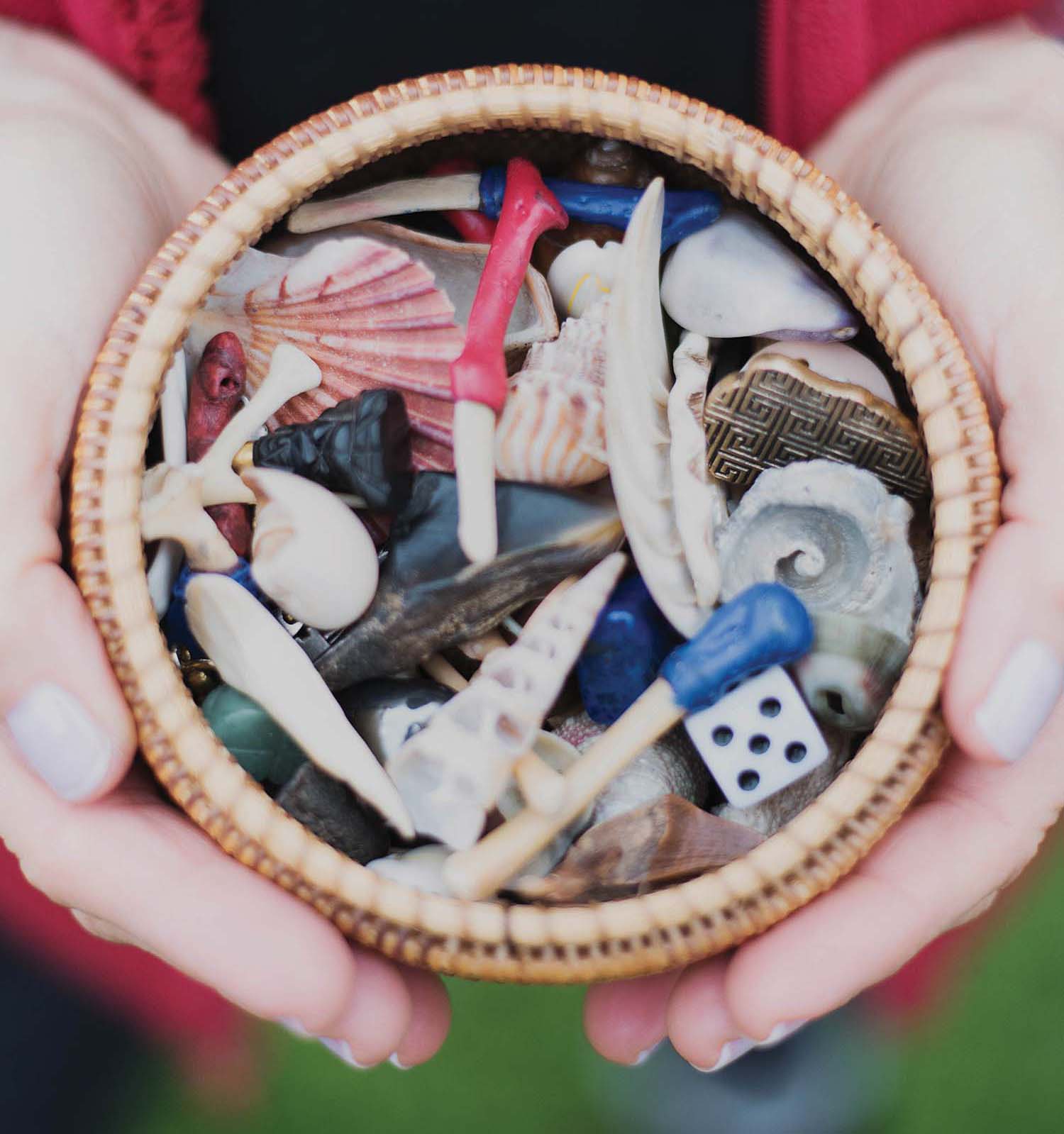
When you call yourself a healer, you can’t be squeamish. Desiree DeMars has crafted amulets from metal plates and screws that came from clients’ own bodies.
She combined them with beads, carved ivory, rubber tubing, and copper wire to make something new and beautiful out of materials that recalled a difficult time. An amulet is just one of myriad forms that a shamanic tool may take. But, according to DeMars, regardless of shape or intended use, all are powerful metaphors that bring healing and wholeness.
To form a tool, DeMars interviews a client who is sick or needs guidance. Then she performs a divination, usually through the African practice of “reading the bones.” Often with the help of drums or talking sticks, she says she enters an altered state of consciousness she describes as a wakeful dream (also known as shamanic journeying). At this point, she says, she begins to know what pieces she should make.

DeMars has traveled around the world — South America, Nepal, Bali, etc. — to authenticate her calling, studying shamanism with natives and anthropologists for more than 25 years. The pieces in her current series include drums, talking sticks, amulets, and sacred containers made of turtle shells, antlers, horsehair, feathers, medicinal plants, and stones.
Appreciating what is beautiful is sacred, because everything has consciousness and is connected, she implies. For her large-scale paintings, DeMars favors the textural encaustic technique. Another ancient art form, it involves hot wax and was first found inside Egyptian pyramids.

Despite accenting a spiritual dimension in all she does, and even considering her decades spent studying, DeMars is careful to call herself a shamanic practitioner, not a shaman. And though most of her artwork has price tags — DeMars believes her pieces empower and heal their owners — she’s wary of the mainstreaming of shamanism. You can’t take a weekend course and declare yourself a healer, she points out. And she doesn’t approve of those who pay to distribute or partake of the powerful psychoactive tool ayahuasca — a brew of South American indigenous plants thought to bring enlightenment to those who ingest it — without knowing how to properly administer the substance or interpret the experience. (Ayahuasca retreats can run $1,000 or more.) “Integrating things — that’s great … but when it’s done in a way that sells, it saddens me,” she says.
By contrast, her clients whose medical implants were transformed into amulets usually have a straightforward realization. “It’s a way for them to say, ‘This [experience] made me stronger as a person,’” says DeMars.
Desiree DeMars, Haw Creek Commons, studio opening this month at 311 Old Haw Creek Road., Asheville. DeMars’ work will be showcased at Epione Clinic for Integrated Healing (19 Zillicoa St., Montford) starting on Friday, May 11 from 6-9pm. For more information, see epioneintegratedclinic.com or desireedemars.com.